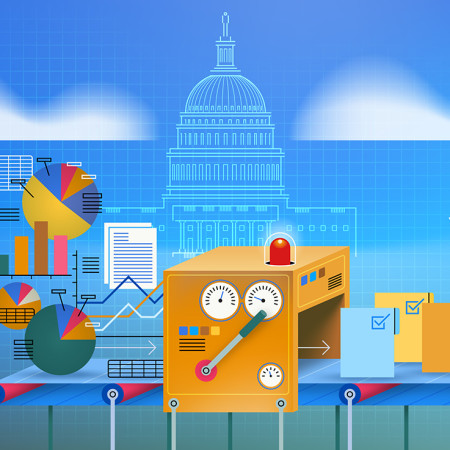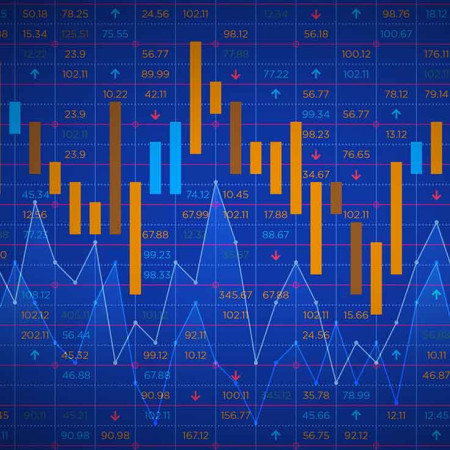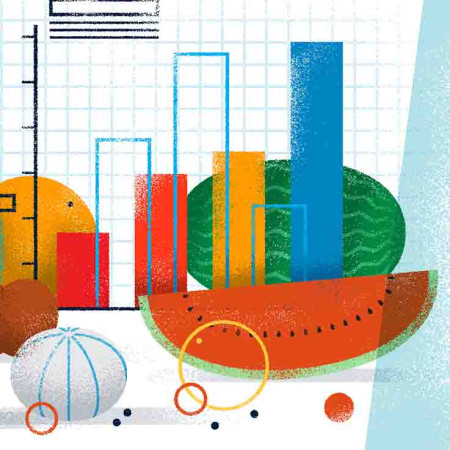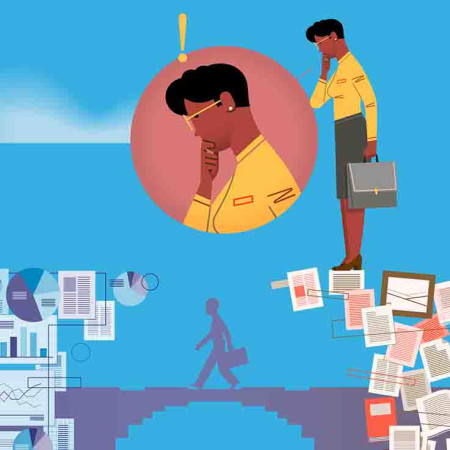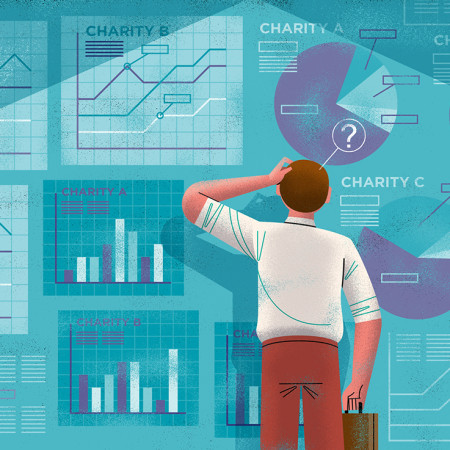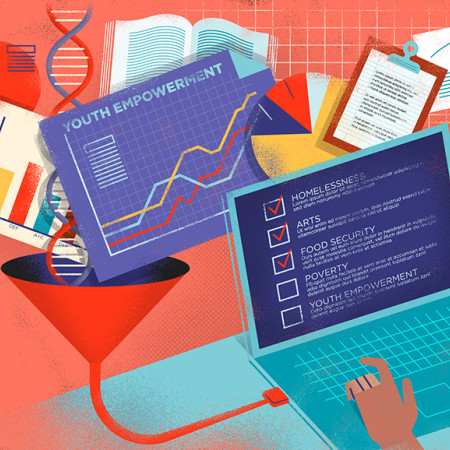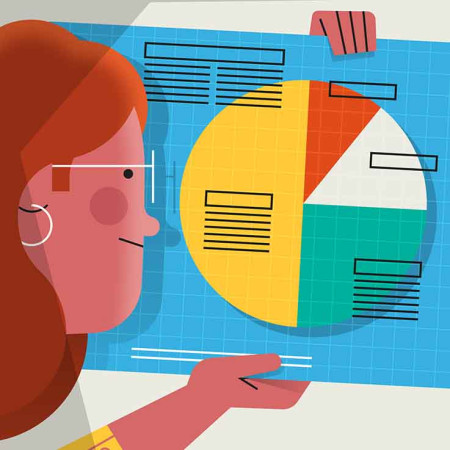-
sponsored
Evidence 2.0: The Next Era of Evidence-Based Policymaking
Five years after passage of the Evidence Act, has it worked? And what's next?
-
sponsored
Impact Markets: The Next Frontier
There is a ripe opportunity to innovate, fueled by market forces currently at play.
-
sponsored
Using Impact Science to Solve Hunger More Effectively
Despite spending billions on food programs each year, the root causes of hunger remain unaddressed.
-
sponsored
Unlocking the Power of Data Refineries for Social Impact
Many argue that the social sector lacks data due to capacity, technology, and funding constraints. But what if there’s something more systemic going on?
-
sponsored
How Impact Data Changes the Way Donors Give
A recent study shows that comparable, easily digestible metrics shifted donations from charities with only a good pitch to those with demonstrable results.
-
sponsored
Why the Social Sector Needs an Impact Registry
Wouldn’t it be great if you could simply report your program results and get them externally verified by a trusted third-party registry? It’s not as impossible as it sounds—in fact, we’re close.
-
INTRODUCTION
sponsored
The Promise of Impact Science
Imagine if nonprofit leaders, philanthropists, and policy makers no longer had to guess what works but could predict success with scientific certainty. Enter the field of impact science.

sponsored
Introducing the Field of Impact Sciences
Since the early part of the 19th century, the field of social science has struggled to define the “science” part of its work. Researchers have been able to use a scientific method, or randomized experiments, to conduct studies. But science is more than just a research methodology. Rather, true science is a systematically organized body of knowledge that enables prediction, replication, and generalizability. And that’s where social science has fallen short. As Bill Reilly, head of NIH’s Office of Behavioral Social Science, points out: “[D]espite numerous controlled trials of various interventions for a given problem, the field has little guidance on how to improve upon previously studied interventions, adapt them to specific populations, contexts, or delivery mechanisms, or streamline them to facilitate use in real-world settings with constrained resources.”
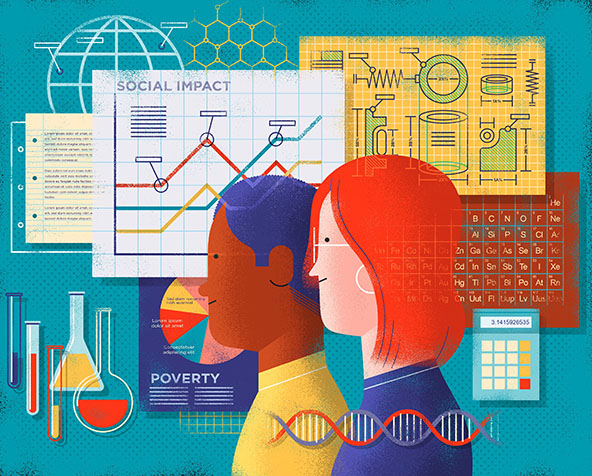
Social science is by nature a retrospective, post-hoc analysis: looking back, after a program has run its course, to evaluate what happened. But at some point, social science needs to be able to look forward—to predict, to generalize, to think in probabilities about the effects of a novel intervention. This is the promise of Impact Science. Similar to how econometrics employs economic statistics, math, and modeling to forecast future outcomes, impact science uses structured data and probabilistic models to predict impact.
This series, sponsored by the Center for Impact Sciences at the University of Chicago, is an exploration of the frontiers in impact science: data standardization, decision science, probabilistic modeling, core components analysis, advances in meta-analysis, matching algorithms, and more. Contributors will explore cutting-edge and disruptive use cases for impact science in the form of new tools, systems, and technologies for achieving social impact. Our audience is anyone who operates, invests in, designs, or studies social programs, including practitioners, funders, investors, policymakers, researchers, consultants, and students.
(Series illustrations by Hugo Herrera)


